Week-to-Week: Superheroes, Kayfabe, and the Emotional Realities of WWE: Unreal
How my non-reaction to recent superhero films filters through Netflix's latest "sports" documentary
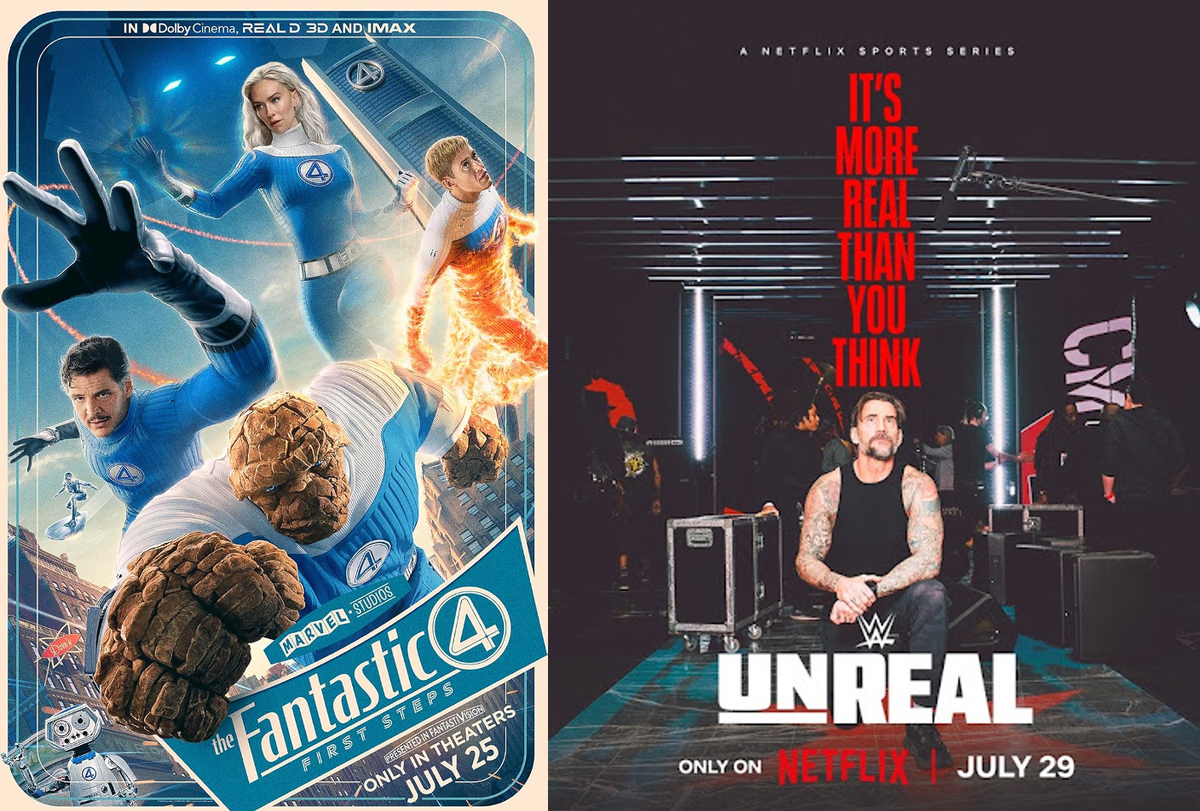
Week-to-Week is the sometimes weekly, more often sporadic newsletter of Episodic Medium, written by me, Myles McNutt. To receive future newsletters on television and the media industries and updates on the shows we’re covering week-to-week, become a free subscriber.
I know I’ve often dropped in with thoughts on the most recent superhero cinema, but in truth I don’t think there’s been a lot to say about them: Thunderbolts and Fantastic Four: First Steps were solid entries that largely delivered what was asked of them, and Superman showcased the confidence with which James Gunn is approaching the reboot of the DC universe.
But I was struck watching all three films by a realization. Although I’ve consumed the vast majority of superhero films to release in the 25 years since Spider-Man ushered in our modern era, I never came to them as a fan. I didn’t read the comics as a kid, and I was already turning into *gestures at newsletter dedicated to media criticism* all this by the time the Marvel Cinematic Universe took hold. It has always been something of an intellectual exercise, albeit one where I felt suggestible to the enterprise. I wasn’t going in with a fan’s perspective, but I was persuadable to the right movie, and especially to the right crowd. Part of the fun was feeling their energy, even if I had no strong personal connection to it.
I’m no longer convinced this is possible. The times when fans really reacted strongly to cameos or post-credits teases, I…couldn’t understand. This isn’t on them: I admire those who can be genuinely, earnestly thrilled by media of any kind. But I have reached a point where the giddy excitement is completely out of my grasp. When people at my Friday night screening of First Steps audibly reacted to the tease of Doctor Doom in the mid-credits scene, I did a full double take: you’re acting like that’s a surprise? When they told us a year ago that Downey Jr. would be playing the character in a movie that they’ve already told us the Fantastic Four are in? What are we doing here?
“That’s the weird thing about wrestling—it’s not a sport.”
I wasn’t sure if there was a full newsletter in my exploration of my reaction, but it coalesced as I worked my way through WWE: Unreal, Netflix’s five-part documentary series going behind the scenes of the Road to Wrestlemania following the company’s Monday Night Raw moving to Netflix earlier this year. Although labeled as a “Netflix Sports” production and executive produced by Peyton Manning for some reason, the series is better understood—as one subscriber to the newsletter noted—as a theater documentary. It is a story about the labor that goes into constructing “kayfabe,” a wrestling term for the pretense of reality that professional wrestlers commit to when they walk through that curtain. It’s a fiction that the audience is encouraged to accept: the average adult in that audience is fully aware how the sausage is made, but they want to live in that moment and experience the adrenaline rush of—for example—John Cena turning heel during his retirement run.
Fourteen years ago, I was given the opportunity at The A.V. Club to reflect critically on the WWE as a television product, drawing on my years growing up as a wrestling fan. Rereading it now, I see so many echoes of how I watch superhero films, but with the distinction that I was once the kid who was on the edge of their seat, fully buying into the story being told. That memory of the “magic” of pro wrestling is something I’ve never had with superheroes, primarily because I was a full-blown teenager by the time Spider-Man came out in 2001.1 And so while I hadn’t watched any wrestling preceding that episode of Raw, it didn’t matter: “Although I am perhaps more cynical than I once was [and] less likely to become emotionally engaged by the proceedings,” I said as qualifier, “I will admit that tonight’s episode of Raw sucked me in.”
WWE: Unreal isn’t the company’s first foray into behind-the-scenes content. There is a long history of retrospective documentary content, most recently with Peacock’s Wrestlemania IX: Becoming a Spectacle, built around never-before-seen footage filmed backstage at the infamous event in 1993 at the peak of my wrestling fandom. The company has also produced a long line of documentaries over the years, including an extensive history of the Monday Night Wars in 2014, and in 2021 A&E started airing a new series of Biographies highlighting wrestlers from across the company’s history. But last year, after Cody Rhodes “finished the story” at Wrestlemania XL, the company released an hour-long documentary going “Behind the Curtain” on YouTube that broke precedent with an almost instantaneous destruction of kayfabe. It was especially notable in the case where it was evident that the company had been forced to pivot from their original plans, with fans forcing a return to Rhodes after The Rock tried to shoehorn himself into the main event against Roman Reigns.
To be honest, though, WWE has been navigating the question of kayfabe very differently since Vince McMahon left the company. While ostensibly Paul Levesque is playing a “character” in his role as Chief Content Officer, like when he bursts from behind the curtain to chastise Kevin Owens in Unreal after a (planned) attack on Rhodes, I’m still struck every time I see a social media post of Triple H in Gorilla Position—the TV zone right behind the curtain—with a newly-crowned champion. It’s all promotional content, but that promotion is now consciously blurring the lines between the story and the business behind it, in ways that make extensions like Unreal feel less remarkable than they would have been even a few years ago.
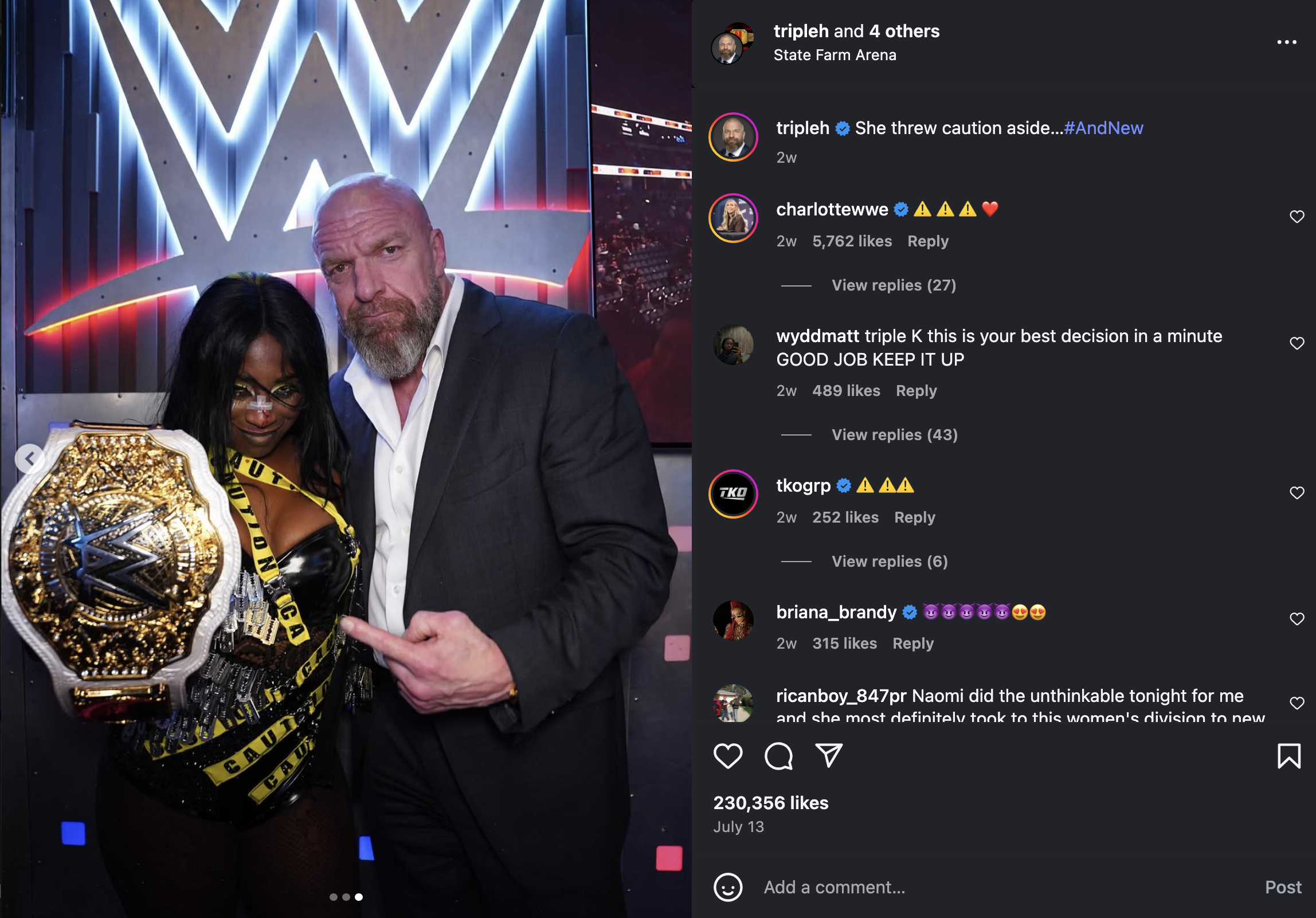
Still, kayfabe can never truly die. In some cases, it’s the wrestlers themselves: while some are extremely willing to talk openly about their storylines and their reactions to them, John Cena consciously avoids commenting on his own heel turn, limiting himself to observations on the lived experience of wrestling (like the crowd reactions during his Wrestlemania victory over Rhodes). Cena isn’t “staying in character” in any way: he’s just taking an objective approach to the series’ questions, as though the turn of his character requires him to—for the first time—create a professional version of himself separate from both his actual self and the character he’s portraying.
But the other factor is the community through which wrestling is now often filtered: the livestreamers and content creators who aggregate WWE content through their social feeds. I tuned into the debut of Raw on Netflix, and watched much of Wrestlemania on Peacock, but I haven’t tuned into any other regular programming. Instead, streamers like MrSantiZap and ConMan167 populate my TikTok For You Page with live reactions to each week’s events.2 I’m fascinated by these figures, who often pop up in Unreal—as they do during WWE’s weekly programming—when the company wants to demonstrate the emotional reaction they’re creating.
@realconman167BRON BREAKKER DOUBLE SPEARS JEY USO AND ROMAN REIGNS #wwe #wrestling #prowrestling #smackdown #wweraw

Tiktok failed to load.
Enable 3rd party cookies or use another browser
What interests me about these streamers is how they are forced to live in the state of kayfabe, one not dissimilar from the one that I struggled with at my screening of First Steps. This isn’t to say that any of these streamers are ignorant to the behind-the-scenes revealed in Unreal, as they actively talk about it with their audience. However, they also depend on creating “authentic” reactions to the events onscreen, as their livelihood depends on it. They are forever caught in a liminal state as it relates to kayfabe, in part because the people watching are unable to tap into the same emotions themselves. I don’t think I could ever “mark out” over a wrestling moment in the way these creators do, but I feel that memory returning as I watch their reactions, and WWE no doubt understands this given how often they go to the well of montages of streamers losing their minds. Online wrestling fans may know too much to ever return to pure childhood innocence, but streamers are giving them a taste of those reactions, and it’s a newly lucrative corner of the IWC (Internet Wrestling Community) that works in WWE’s favor more than the “smarks” of old.
As someone whose perspective on the business is filtered through this online content, there wasn’t much in Unreal that surprised me, but there were definitely some stories conspicuous in their absence. The series features Kevin Owens’ feud with Cody Rhodes, including a brutal ladder match at this year’s Royal Rumble, but doesn’t dive into the real-life neck injury that sidelined Owens for Wrestlemania and has his in-ring future unclear. There’s also no discussion of the man who replaced Owens in his match with Randy Orton, Joe Hendry, a crossover from once-competitor, now-collaborator TNA Wrestling who first appeared in the company’s NXT division (itself absent). And although Becky Lynch appears at Gorilla Position to cheer on her husband Seth Rollins in the main event at Wrestlemania, there’s no discussion of her controversial return displacing Bayley from a Tag Team Championship match, which the company spun into a heel turn in the months after.
But this is just a reminder why, in a business notorious for its storytelling, we should always remind ourselves that this was not a “documentary” in a traditional sense. Yes, we’re further behind the curtain than ever before, but this is still Netflix producing a glossy documentary of a company they have a business relationship with. While you could point to Netflix’s choice to distribute Mr. McMahon last year as a sign of impartiality, that can be swept away as yet another look at the company’s past, as opposed to its corporate present. And while we should be similarly skeptical about sports documentaries produced by the NFL and other professional leagues, they are beholden to “reality” in a way the WWE isn’t. When your entire business is about blurring the line between truth and fiction, there is never going to be a “real,” which perhaps explains the documentary’s choice of title.
Whether it explains my reaction to superhero films shifting away from the fannish responses around me is another story, but I hope the comparison at least sheds some light on these spaces of emotional investment across popular culture.
Episodic Observations
- I know it’s been a while since a new newsletter, but the light is at the end of the tunnel after a long six months of professional commitments. I’m gearing up to cover Alien: Earth, as well as finally getting my act together in pursuing a new home for the site beyond Substack, so look for information on that as we get closer to the launch of our fall schedule in September.
- One of the other wrestling genres most common across my FYP is Chris Van Vilet, whose interviews with talent are notably frank about the day-to-day of the business in a way we wouldn’t have gotten a decade ago. They really helped solidify my appreciation for fellow Canadian Chelsea Green, who gets a great spotlight in the third episode of Unreal, which has since been aggregated in full across my FYP. The algorithm always knows.
- Speaking of Green, she gets an interesting opportunity to portray the tension between wrestlers and “producers,” the former wrestlers responsible for mapping out matches once the writers have laid out the overall strategy. Her fight with Shane Helms over the finish to her U.S. Title win is one of the only such instances in a documentary that otherwise portrays a strong working relationship between the two parties, especially in the case of Michael Hayes.
- We could obviously talk about wrestling and masculinity all day, but I was struck by how the move away from kayfabe increases the vulnerability that wrestlers are allowed to perform. Whether it’s Rhea Ripley going into her panic attacks or CM Punk sobbing on his way out to main event Wrestlemania, there’s a lot of healthy emotions here that were simply never part of the conversation before.
- It is going to sound damning that my favorite part of any of the three superhero films listed above was Paul Walter Hauser as Mole Man, but I must speak my Mole Truth.
- For the non-wrestling fans who have still gotten this far into the newsletter, I’m curious if Raw’s prominence on Netflix—where it is regularly at the top of the company’s TV Top 10 in the days following its release—has led to any kind of sampling. Triple H sells the deal as a dramatic expansion of their potential audience, but I’m not sure that’s necessarily manifested in terms of its cultural footprint.
Obviously, most of the first set of Batman films came out during my “childhood,” but I wasn’t really the ideal age for any of the (good) ones, and so while I recall the Happy Meal toys for Batman Returns fondly, it wasn’t the kind of experience I can imagine seeing Spider-Man at like 7 was, y’know? ↩
I’d link to some of these, but they’ve actually started deleting the clips they post on social media after a certain period due to takedown notices from the same company that actively uses their clips on their broadcast? It’s silly stuff, but par for the course as it relates to content creators’ relationship with traditional industry. The embed that’s here will break in due time. ↩
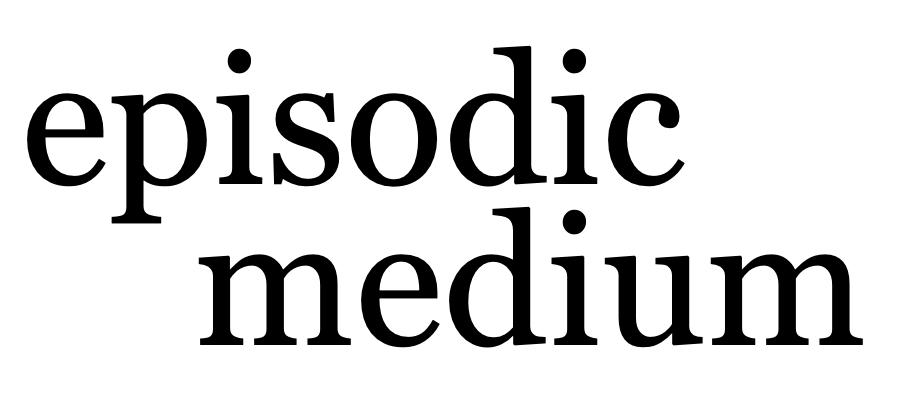
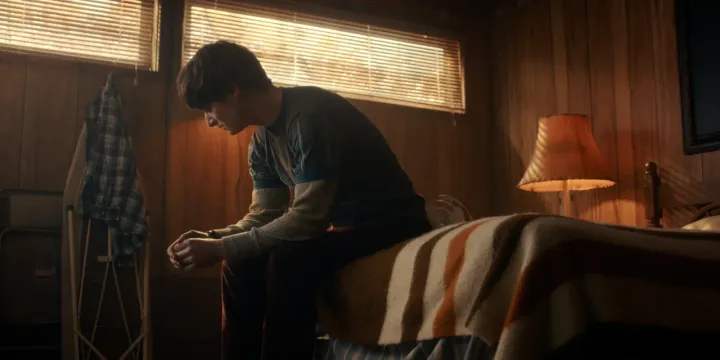
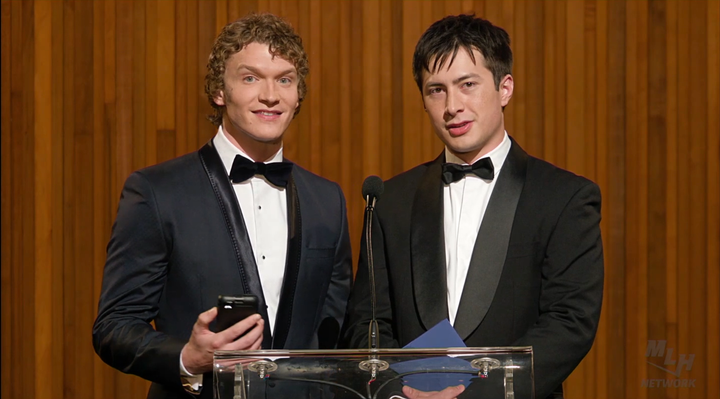

Comments ()